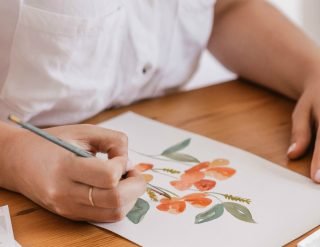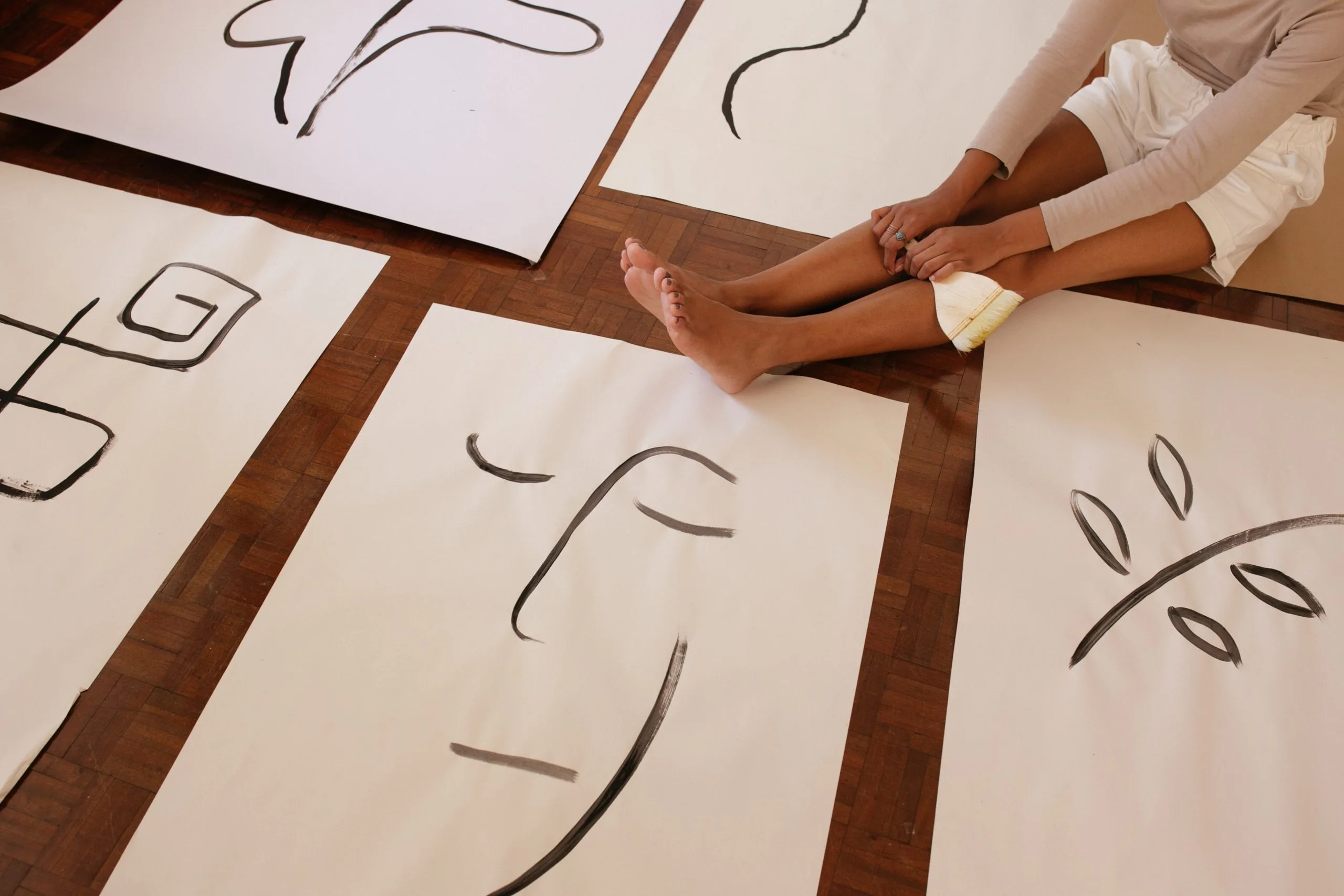Mental health is a complex issue, with no one-size-fits-all solution. On the journey to find relief, art therapy has presented itself as a possible intervention. With its ability to utilize visual components to foster mental well-being, this art form goes beyond art as a leisure activity.
What Is Art Therapy
According to the American Art Therapy Association, art therapy integrates mental health and human services by using “active art-making, creative process, applied psychological theory, and human experience”. It is a treatment approach that integrates psychotherapeutic techniques with the creative process to improve well-being, treat psychological disorders, and enhance mental health. Art therapy in addiction treatment can be used in rehab programs.
According to Shaye Mueller, LPC, a registered art therapist, says: “Art therapy is a practice that uses art as a tool to facilitate healing.”
Art therapy makes use of creative expression to tap into your inner thoughts and feelings. It is able to bypass language limitations and relies on kinesthetic, symbolic, sensory, and perceptual tools. During a typical session, an art therapist works with you to understand what is causing you distress and guides you to create art that addresses the cause of the issue.
Benefits of Art Therapy
This creative process involved in expressing yourself artistically can yield various benefits, which include:
1. Improve neuroplasticity
This is an umbrella term for the brain’s ability to adapt, change or grow natural networks due to experiences. Without neuroplasticity, it would be impossible for us to execute normal human functions. As an essential process, neuroplasticity is important in:
- Helping you learn new things: When you repeatedly practice an activity, your neural networks shape themselves according to that activity. This reorganizing of your neural pathways helps you memorize new information and activities.
- Helping with depression: Neuroplasticity deficit has been identified as a possible contributor to conditions such as anxiety and depression. In fact, many antidepressants work by promoting neuroplasticity
- Aid recovery from traumatic brain injuries and strokes: A neuroscience study found that task-specific activities that promote neuroplasticity also promote recovery in stroke patients
In an article published in Frontiers in Human Neuroscience, researchers from Indiana University’s Department of Neurology and Drexel University’s Department of Creative Art Therapies found that art can promote positive neuroplasticity through the “evoking (of) emotions and imagination, stimulating cognition, and enabling communication.”
2. Providing Stress Relief
A systematic review published in Behavioural Sciences of Creative Arts interventions evaluated 37 studies with a total of 2,136 participants. The study found that in 81% of the evaluated studies, participants had reported feeling significant stress reduction after art therapy. Another small study found that just 45 minutes of art therapy had helped reduce cortisol levels in 75% of participants.
Cortisol is a naturally occurring hormone that is important to stress responses. It helps limit any functions that aren’t essential in fight-or-flight situations. Once the perceived threat passes, the hormones return to their usual level, and bodily functions return to their normal levels.
However, when you’re under constant stress, this response doesn’t turn itself off, leading to long-term cortisol exposure. This doesn’t just impact your stress levels, but almost all of your body’s processes.
Long-term cortisol exposure has been shown to the following issues:
- Weight gain, specifically, the rounding of the face
- Increased irritability
- Acne
- Thinning skin
- Headaches
- Trouble concentrating
While it has been shown to be effective in lowering cortisol levels, more research is needed to better understand the possible link between art therapy and stress levels.

Photo by Sincerely Media on Unsplash
3. May improve anxiety and depression
Depression and anxiety have long been associated with a lower quality of life due to their negative effects on psychosocial functioning and the neurological system.
According to Margaret Carlock Russo, president of the AATA, “different studies and research (show) that when we engage in art-making, it helps the neurological system relax.” She goes on to explain that “brain chemical levels will decrease and bring about relaxation for many people, which also helps the nervous system calm down.”
A randomized-controlled Dutch trial looked at the effectiveness of art therapy in women aged 18-65 who had been diagnosed with generalized anxiety disorder. The trial found that art therapy not only reduced anxiety symptoms, but also improved emotional regulation.
A systematic review published in August 2021 in Frontiers in Psychology evaluated 413 studies relating to the effectiveness of art therapy in anxiety and depression. The study found that art therapy was effective in helping patients with mental health disorders open up.
4. Helpful in Treating Dementia
Dementia is an umbrella term for diseases that lead to the loss of memory, problem-solving, language, and other abilities that interfere with day-to-day life. This is the result of changes in brain regions that cause nerve cells (neurons) and their connections to stop functioning properly. According to the World Health Organization, over 55 million people are affected by it globally, with nearly 10 million new cases every year.
While there is no cure for dementia, some research suggests that art therapy can be beneficial for those living with it. Studies from various programs have indicated that art therapy is able to stimulate the brain, stirring memories and encouraging speech. Other benefits for those with dementia include:
- A sense of accomplishment
- Nonverbal communication and expression
- Improved social interaction
- Behavioral improvements
How Does It Work?
Art therapy focuses particularly on visual and symbolic expression. It encourages people to engage with aspects such as color, shape, patterns, and textures. It is split into three interconnected stages that are facilitated by an art therapist. The art created can take on any form, from a painting or drawing, even to a sculpture.
The Stages of Art Therapy
Step 1: Pre-Art Making
The therapist will ask the client how they’re feeling. This is where the client can discuss any thoughts or emotions they may be experiencing. The client, together with the therapist, will establish a goal for the session. This helps them to determine the art that will be made.
Step 2: Art Making
The client creates their own art piece, as the therapist observes. No interruptions are to get in the way of the creative process that will take place.
Step 3: Post-Art Making
The therapist and client will discuss the art piece. Art therapists are trained to understand how certain patterns and features of a piece indicate underlying feelings and thoughts. Clients discuss their emotions, experiences, and why they made certain decisions in regard to their pieces.
Art: A Healing Activity
Alternative therapy has taken the world by storm, with these non-pharmacological medical complementary therapies coming in various forms that can cater to anyone’s individual needs. While art therapy presents encouraging results. It still needs to undergo more rigorous research in order to establish its effectiveness. So your best bet is to consult your doctor or therapist before embarking on this. They will be able to review your mental and physical state and determine if art therapy could be beneficial for you.



![women [longevity live]](https://longevitylive.com/wp-content/uploads/2020/01/photo-of-women-walking-down-the-street-1116984-100x100.jpg)










